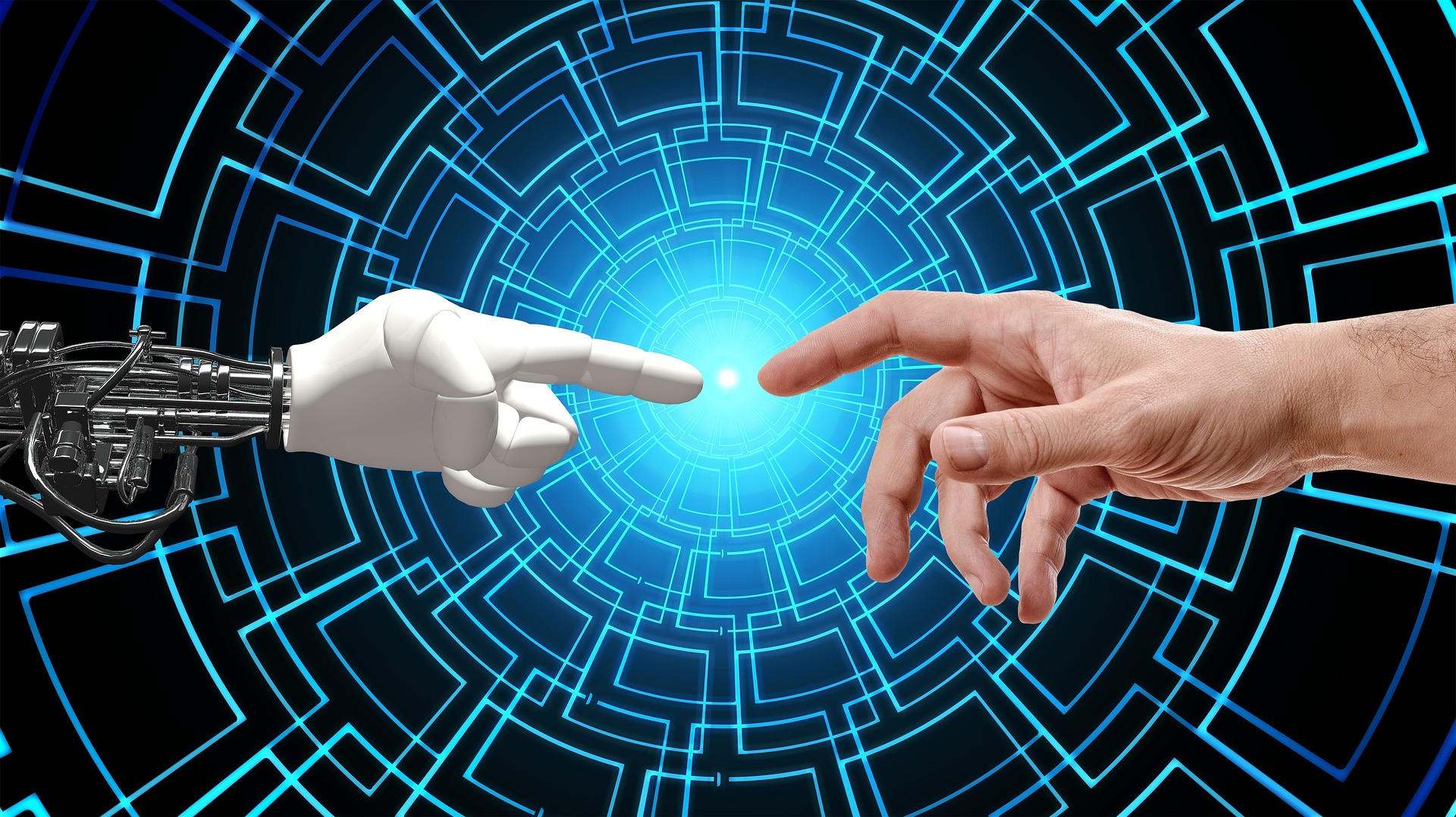As the digital landscape expands, so does the complexity of cyber threats, necessitating innovative solutions to protect valuable data. Generative AI emerges as a game-changer in cybersecurity, providing advanced tools for threat detection, anomaly analysis, and automated defenses. This article examines the profound impact of generative AI on cybersecurity, offering a comprehensive look at how it empowers professionals and organizations to enhance their security posture, mitigate risks, and navigate the challenges of integrating AI into existing frameworks.
What is AI Cybersecurity?
AI cybersecurity refers to the application of artificial intelligence technologies to enhance the protection of digital systems and data from cyber threats. By leveraging machine learning algorithms and generative AI models, AI cybersecurity solutions can identify patterns, detect anomalies, and predict potential security breaches with greater accuracy and speed than traditional methods. This advanced approach enables organizations to proactively defend against increasingly sophisticated cyber attacks, automate threat response, and improve overall security resilience. AI cybersecurity not only enhances the efficiency of security operations but also provides a scalable framework to adapt to the ever-evolving landscape of cyber threats.
How Can Generative AI Be Used in Cybersecurity?
Enhancing Threat Detection
Generative AI can significantly improve threat detection by analyzing vast amounts of data to identify unusual patterns and potential security breaches. Unlike traditional methods, which rely on predefined rules, generative AI models can learn from new data, adapting to emerging threats and reducing false positives. This capability allows cybersecurity professionals to focus on genuine threats, enhancing the overall efficiency and effectiveness of security operations.
Automating Response Systems
Generative AI enables the automation of response systems, allowing organizations to react swiftly to cyber threats. By integrating AI-driven solutions, security teams can automate routine tasks such as incident reporting, threat analysis, and initial response actions. This automation not only reduces the time taken to address security incidents but also frees up valuable resources, enabling teams to concentrate on more complex security challenges.
Improving Security Protocols
Generative AI can be instrumental in refining and optimizing security protocols. By continuously analyzing security data, AI models can identify weaknesses and suggest improvements to existing defenses. This proactive approach ensures that security measures remain robust and up-to-date, providing a dynamic defense against evolving cyber threats. Organizations can leverage these insights, along with advanced encryption techniques, to enhance their security strategies, ensuring comprehensive protection of their digital assets.
Proactive Anomaly Analysis
Generative AI excels in proactive anomaly analysis by continuously monitoring network activity and user behavior to detect deviations from the norm. This advanced capability allows for the early identification of potential threats before they manifest into full-blown attacks. By employing generative AI, organizations can anticipate and mitigate risks in real-time, enhancing their ability to prevent data breaches and unauthorized access. This forward-thinking approach not only strengthens security measures but also builds a more resilient cybersecurity infrastructure capable of adapting to new challenges.
What is the Best AI for Cybersecurity?
The best AI for cybersecurity is one that seamlessly integrates with an organization’s existing infrastructure while offering robust capabilities in threat detection, response automation, and anomaly analysis. Leading AI solutions in cybersecurity, such as those powered by machine learning and deep learning algorithms, excel in processing vast datasets to identify patterns and predict potential threats with high accuracy. These AI systems are designed to adapt to evolving cyber threats, providing real-time insights and proactive defense mechanisms. The ideal AI solution should also prioritize scalability, ease of integration, and compliance with industry standards, ensuring it meets the specific needs of diverse sectors while maintaining data privacy and security.
Is AI Replacing Cybersecurity?
AI is not replacing cybersecurity; rather, it is augmenting and enhancing the capabilities of cybersecurity professionals. While AI technologies offer advanced tools for threat detection, response automation, and anomaly analysis, they are designed to work alongside human expertise, not replace it. Cybersecurity still requires the strategic oversight, critical thinking, and decision-making skills that only humans can provide. AI serves as a powerful ally, handling routine tasks and analyzing vast amounts of data at speeds beyond human capability, thus allowing cybersecurity professionals to focus on more complex and strategic challenges. This collaboration between AI and human intelligence leads to more robust and effective cybersecurity defenses.
What are the Challenges and Ethical Considerations of Artificial Intelligence and Cybersecurity Use?
The integration of artificial intelligence in cybersecurity presents several challenges and ethical considerations that must be addressed to ensure responsible use. One major challenge is the potential for AI systems to generate false positives or negatives, which can lead to either unnecessary alarms or overlooked threats. Additionally, the use of AI in cybersecurity raises ethical privacy concerns, as these systems often require access to vast amounts of sensitive data to function effectively. There is also the risk of AI tools being exploited by malicious actors to create more sophisticated cyber attacks. Furthermore, ensuring transparency and accountability in AI decision-making processes is crucial to maintaining trust and compliance with regulatory standards. Balancing innovation with ethical considerations and robust security measures is essential to harness the full potential of AI in cybersecurity responsibly.
How Businesses Can Leverage Generative AI for Cybersecurity
- Advanced Threat Intelligence: Cybersecurity leverages AI to gather and analyze threat intelligence from diverse sources, providing insights into emerging threats and enabling proactive defense strategies.
- Real-Time Monitoring: AI-driven cybersecurity systems offer continuous monitoring of networks and systems, ensuring immediate detection and response to potential security incidents.
- Behavioral Analysis: AI can analyze user and system behavior to identify anomalies that may indicate a security breach, enhancing the ability to detect insider threats and sophisticated attacks.
- Predictive Analytics: By using machine learning algorithms, AI can predict potential vulnerabilities and attack vectors, allowing organizations to strengthen their defenses before threats materialize.
- Resource Optimization: AI helps optimize cybersecurity resources by automating routine tasks and prioritizing alerts, enabling security teams to focus on high-priority threats and strategic initiatives.
Conclusion
In conclusion, the integration of generative AI into cybersecurity represents a transformative leap forward in protecting digital landscapes from increasingly sophisticated threats. By enhancing threat detection, automating response systems, and refining security protocols, AI empowers organizations to stay ahead of cyber adversaries with unprecedented precision and efficiency. While challenges and ethical considerations remain, the collaboration between AI technologies and human expertise offers a powerful synergy that strengthens defenses and optimizes security operations. As we continue to navigate the complexities of the digital age, embracing AI-driven solutions will be crucial in building resilient cybersecurity infrastructures that safeguard our most valuable digital assets.
Final Thoughts
Secure your business with the expert solutions offered by Buzz Cybersecurity. Our comprehensive defense strategies include managed IT services, state-of-the-art cloud solutions, and effective ransomware protection. Our committed team addresses the complexities of cyber threats, ensuring the protection of your essential digital assets. Join us today to enhance your business’s defenses in the ever-changing landscape of cybersecurity.
Sources
- https://www.simplilearn.com/challenges-of-artificial-intelligence-article
- https://www.upwork.com/resources/how-is-ai-used-in-business
- https://debutify.com/blog/seamless-software-integration
Image by Gerd Altmann from Pixabay


